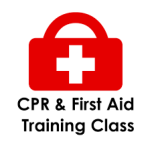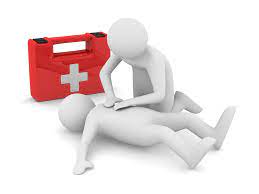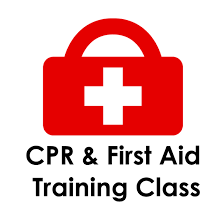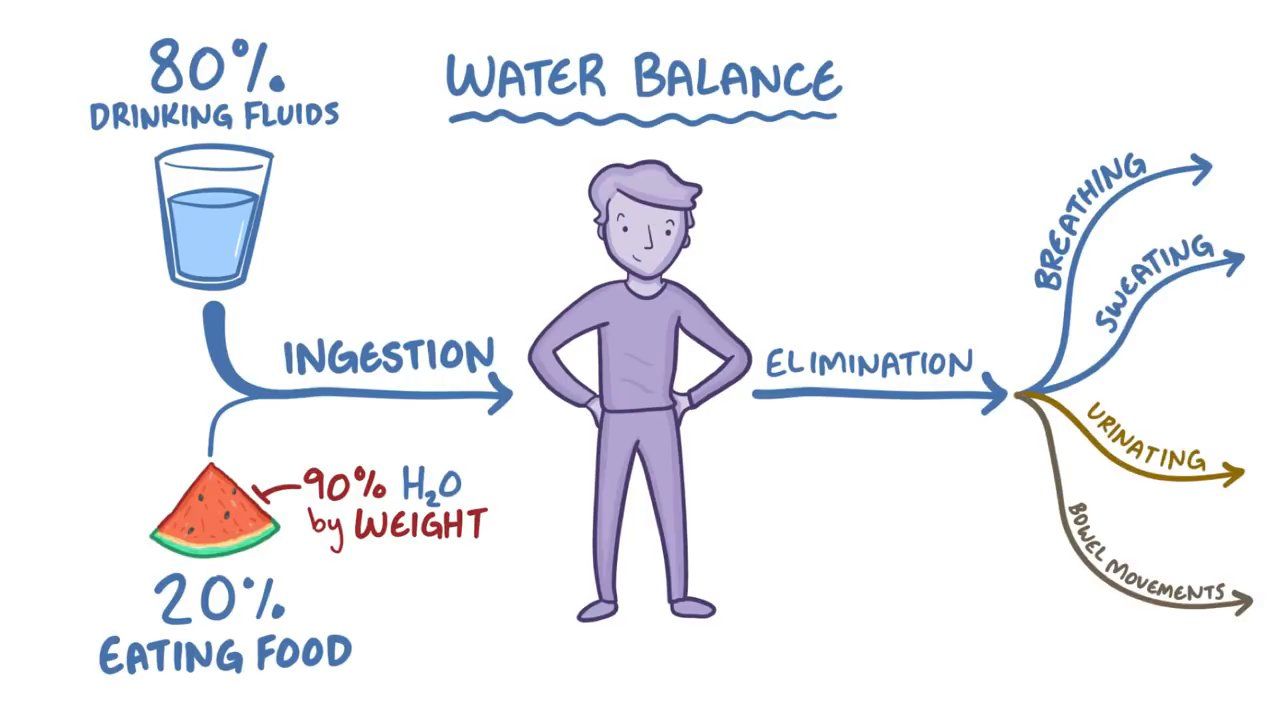CPR is a life-saving procedure with a long, glorious history. We can better understand how important current CPR is now by understanding where resuscitation methods originated from and how they came to be.
The Origins of Resuscitation Techniques
The concept of renewing individuals in distress has ancient roots, with various civilizations attempting their revival methods. The Egyptians used mouth-to-mouth therapy around 1500 BCE. The Greek philosopher Aristotle recommended touching the chest to rouse the sleeping.
Throughout history, different cultures and societies devised resuscitation techniques, often involving rolling the patient over barrels or applying pressure to the chest. These early attempts laid the groundwork for what would later become modern CPR.
Understanding CPR: What It Entails
CPR, at its core, is a combination of techniques designed to restore a person’s breathing and circulation when they have stopped. To understand CPR fully, it’s essential to grasp its key components and the critical role early intervention plays.
Key Components of CPR
CPR consists of two main components: chest compressions and rescue breaths. Chest compressions apply rhythmic pressure to the chest to circulate blood throughout the body. These compressions help maintain vital organ perfusion without a functional heartbeat.
Conversely, rescue breaths entail breathing into the victim’s mouth or nose to give them artificial ventilation. By administering chest compressions, rescue breathing, and oxygen delivery to the brain and other vital organs, one attempts to prolong life until expert medical assistance is available.
The Benefits of Learning CPR
Learning CPR is a life-saving skill. It empowers individuals, benefits communities, and saves lives. Two significant advantages of learning CPR are empowering bystanders and increasing survival rates.
Increased Survival Rates
Communities with more individuals trained in CPR tend to experience improved survival rates for cardiac arrest incidents. The swift initiation of CPR by someone on the scene, even before professional responders arrive, can significantly increase the chances of a positive outcome. This underlines the vital role that ordinary citizens can play in saving lives through CPR.
The Fundamental Principles of First Aid
First aid encompasses a wide range of skills and techniques to provide immediate care to distressed individuals. This care includes managing injuries, sudden illnesses, and other emergencies until professional medical assistance becomes available. Key principles of first aid include assessing the situation, ensuring safety, and providing appropriate care based on the nature of the injury or illness.
First Aid Kits: Your Lifesaving Arsenal
A strong first aid kit is the basis of being ready for emergencies. Bandages, tape, scissors, and other necessary items are included. These items are necessary for treating common injuries and medical conditions. Having an accessible first aid kit at home, in the car, or at work ensures that you can provide immediate care.
The Power of Prompt First Aid
The ability to administer first aid quickly during an emergency can greatly impact how things turn out. This part looks at how crucial it is to treat common injuries right away, how to handle medical crises, and how to get CPR and first aid training.
Immediate Care for Common Injuries
People knowledgeable about first aid are better equipped to deal with typical injuries that occur in daily life. The ability to offer prompt care can reduce discomfort, avoid complications, and speed recovery from small wounds and burns to managing sprains and strains.
Navigating Medical Emergencies
First aid instruction prepares people to deal with medical emergencies to minor injuries. This involves knowing how to react to choking, seizures, allergic reactions, and strokes. In these situations, prompt and effective first aid can save lives.
Conclusion
CPR and first aid are more than technical skills in the face of life’s uncertainties. They represent empathy, readiness, and the capacity for bravery. The importance of mastering these abilities and being prepared to make a life-saving difference is reaffirmed in this concluding part.











